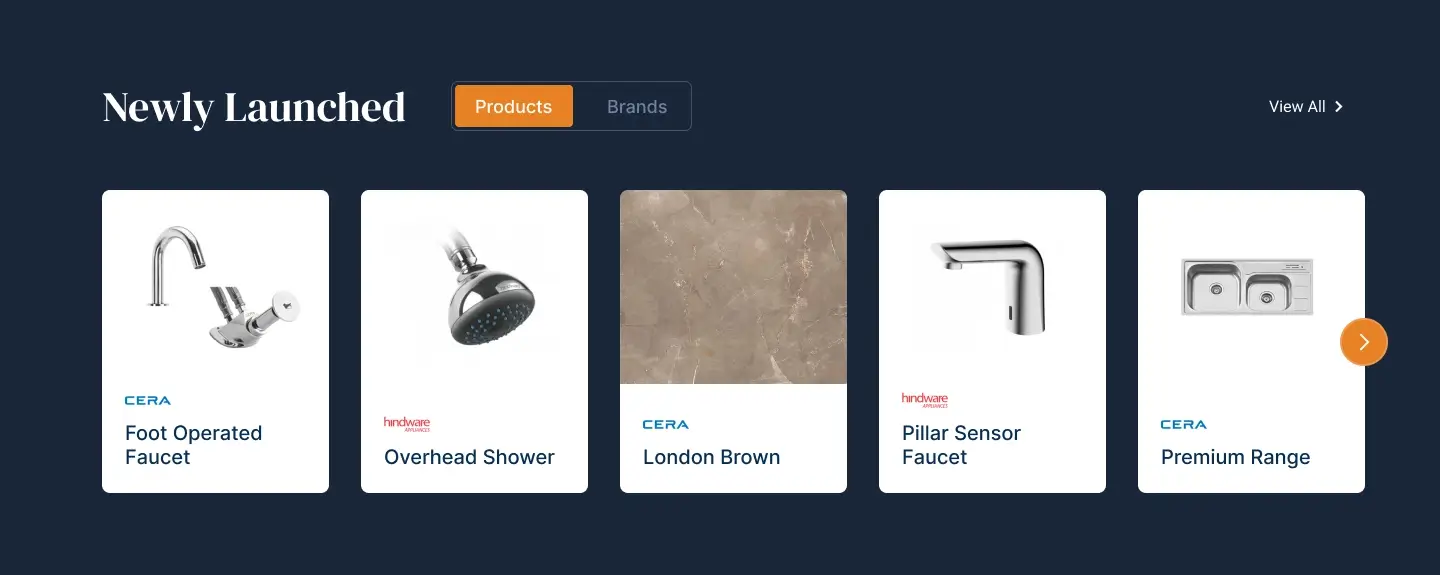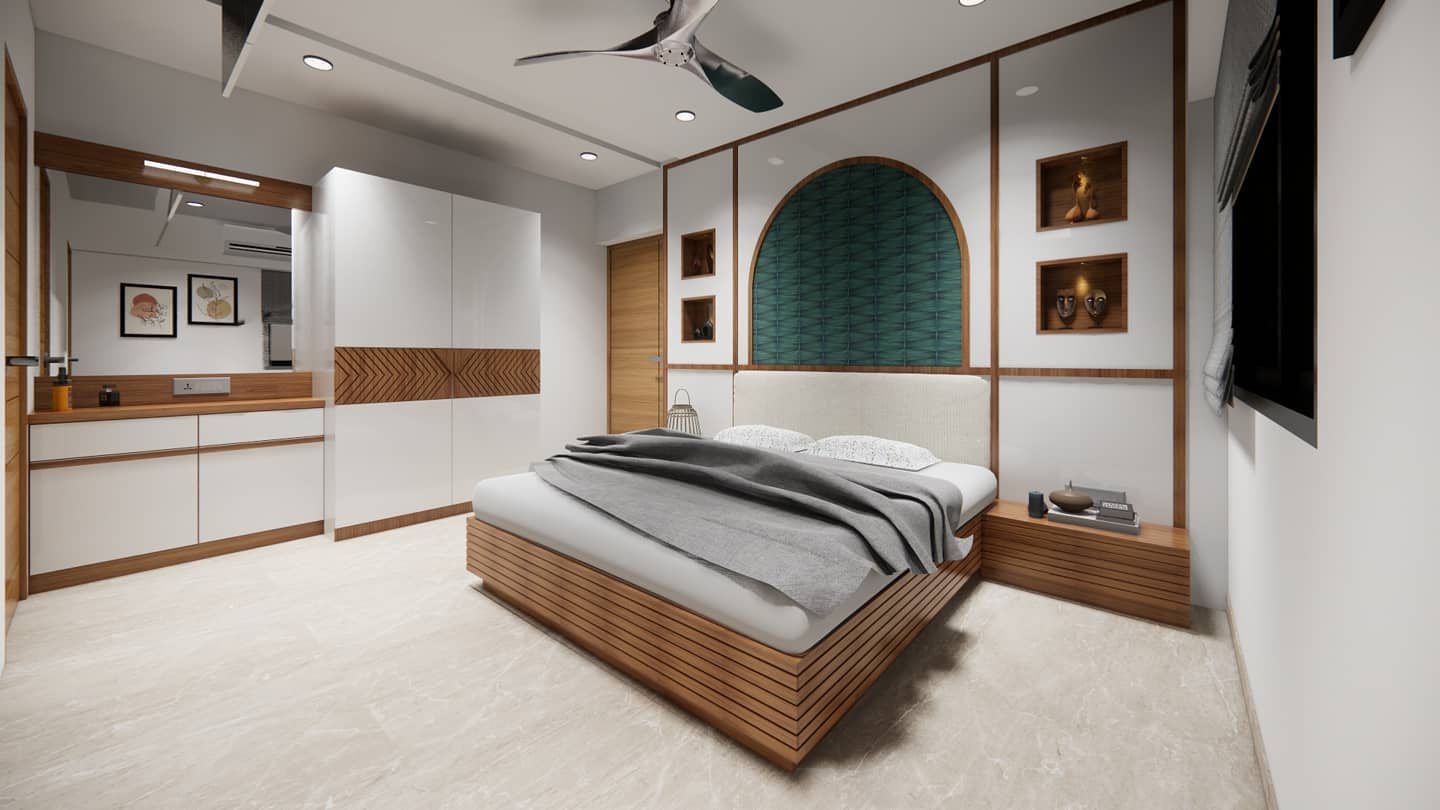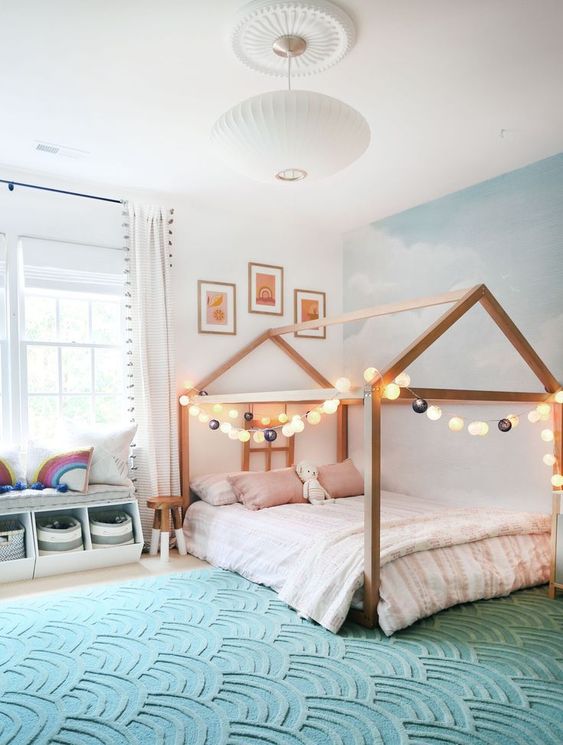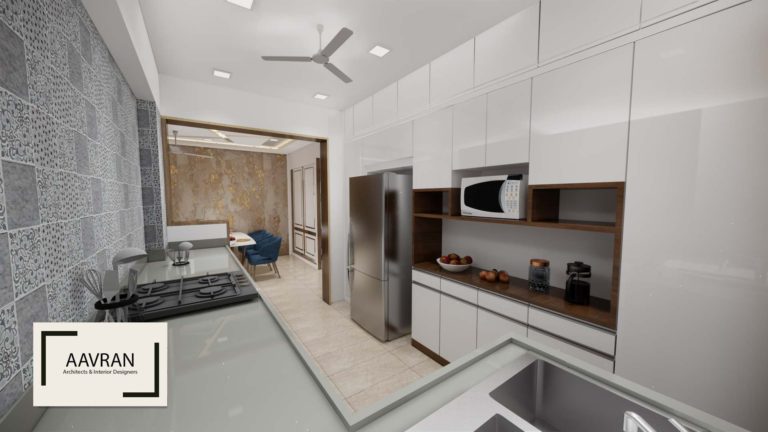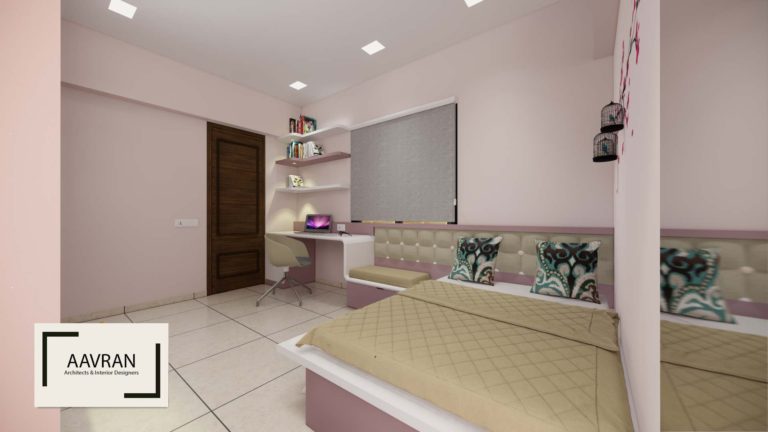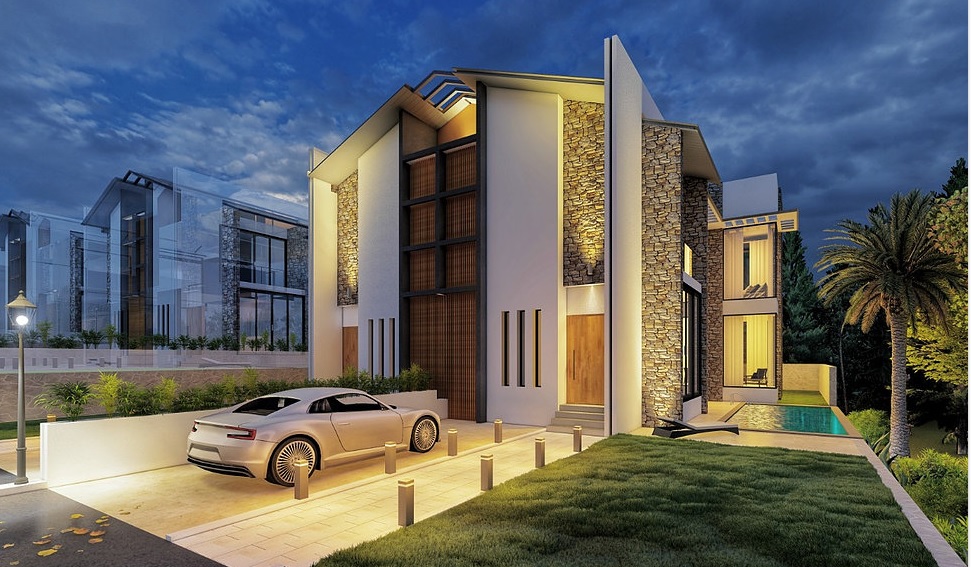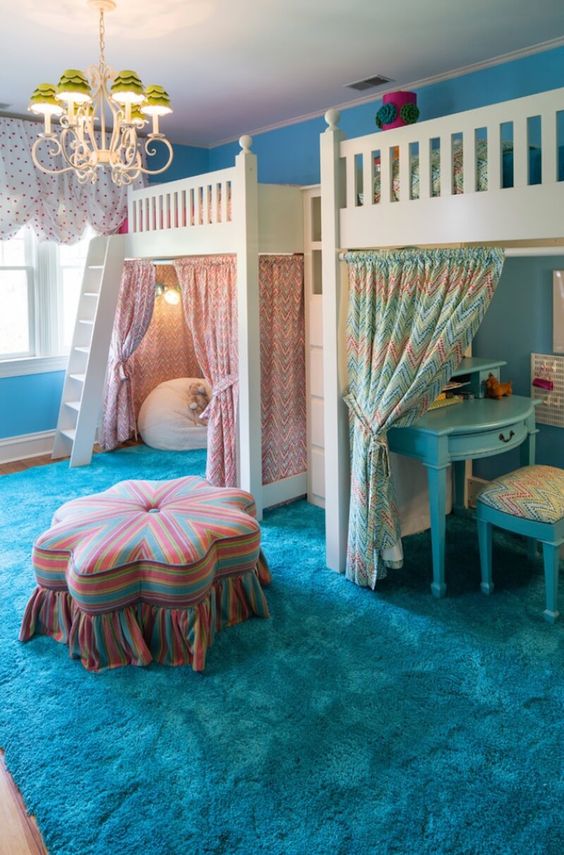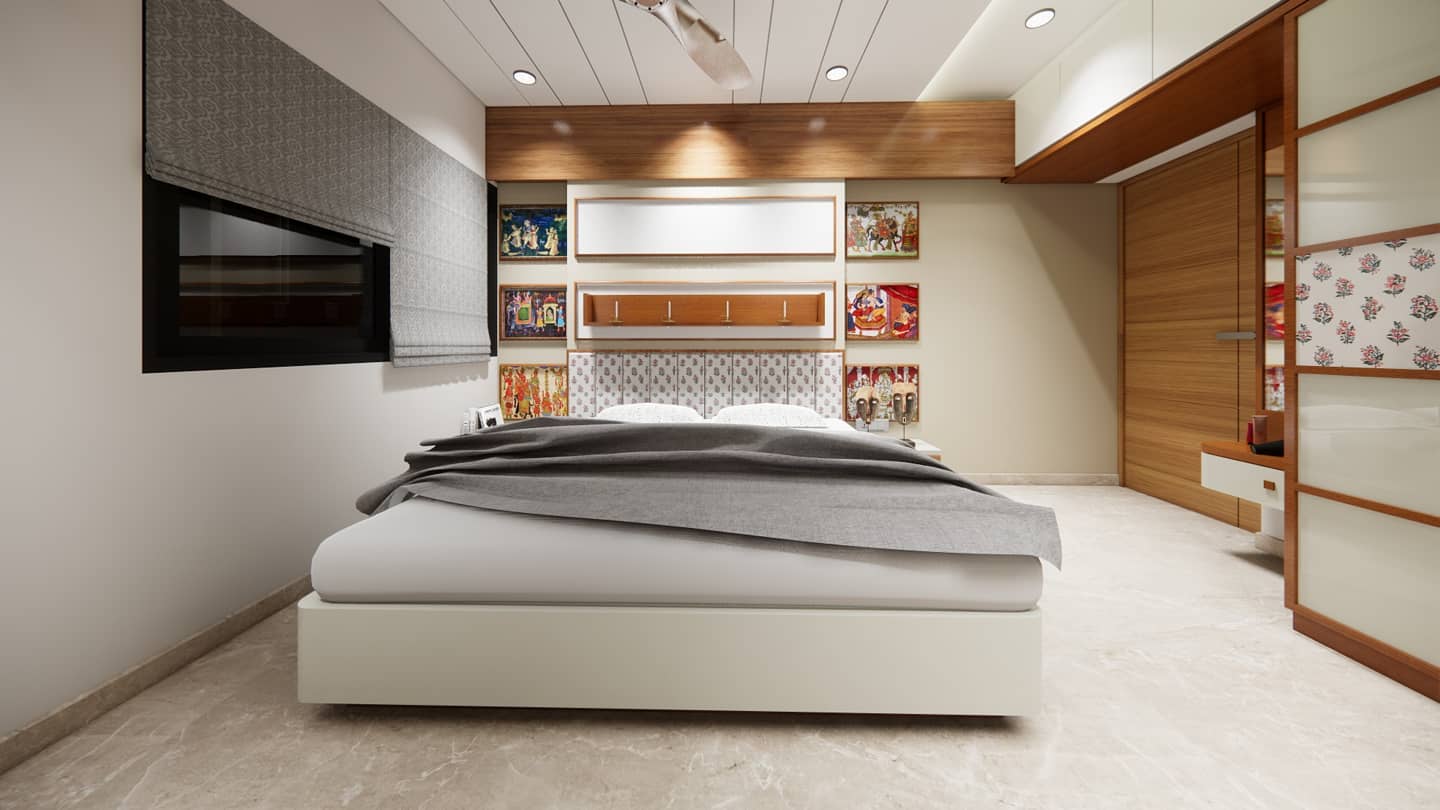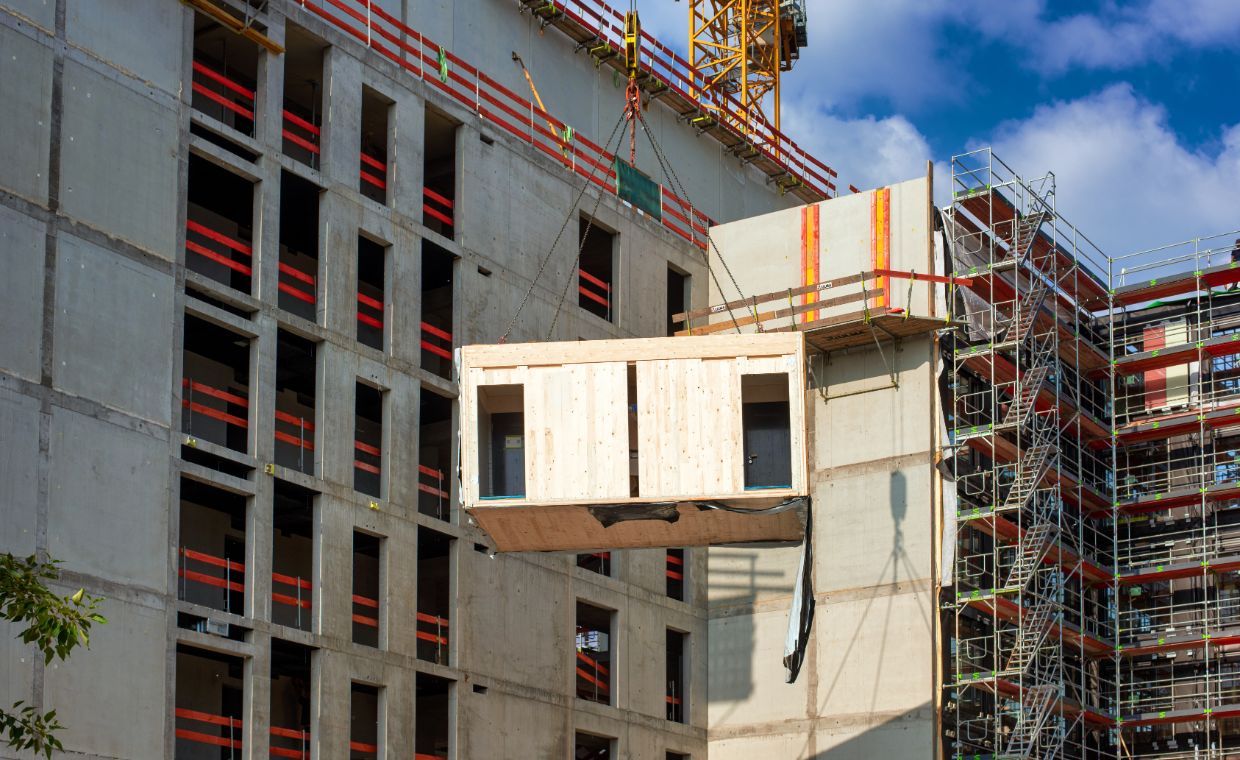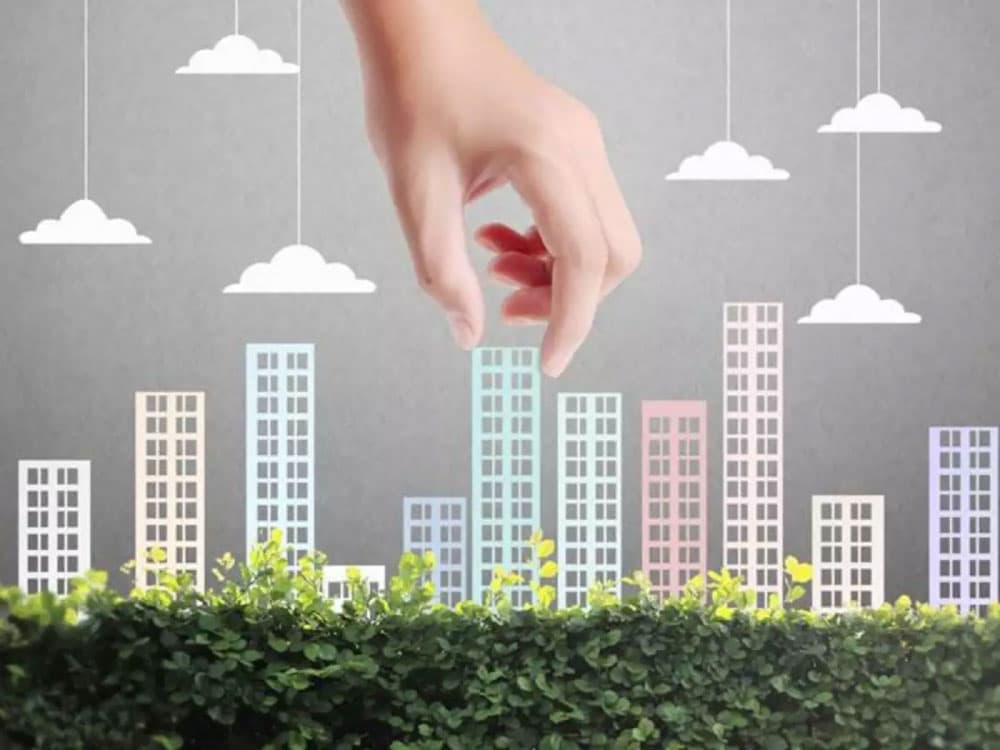
Table of Contents
India’s journey toward providing affordable housing in India has been marked by several initiatives aimed at addressing the housing needs of its diverse population. These schemes have evolved over time, culminating in the comprehensive Pradhan Mantri Awas Yojana (PMAY).
Indira Awaas Yojana (IAY) – Addressing Rural Housing Needs (1985)
Launched in 1985, IAY was a rural housing program targeting Below Poverty Line (BPL) families, particularly Scheduled Castes (SC), Scheduled Tribes (ST), and minorities. The scheme provided financial assistance for the construction of houses in rural housing areas. Over the years, IAY was expanded to include all BPL families, aiming to improve living conditions in rural housing. The focus was on providing a basic pucca house with a roof and basic amenities, making it one of the first large-scale attempts to address rural housing deficits.
Valmiki Ambedkar Awas Yojana (VAMBAY) – Combating Urban Slums (2001)
Introduced in 2001, VAMBAY focused on providing housing and sanitation facilities to urban slums. The scheme offered financial assistance for the construction of houses and toilets, aiming to improve the living conditions of the urban poor. It specifically targeted urban slums, which were rapidly increasing due to urban migration. The financial assistance was provided to municipalities to facilitate urban slums development, with a focus on infrastructure and sanitation improvements.
Jawaharlal Nehru National Urban Renewal Mission (JNNURM) – Urban Infrastructure & Housing (2005)
Launched in 2005, JNNURM was one of the most ambitious urban renewal programs aimed at improving urban infrastructure and providing affordable housing in India to the urban poor. It focused on enhancing urban infrastructure, including housing, water supply, sanitation, and transportation, to improve the quality of life in Indian cities. Housing projects were initiated under JNNURM with an emphasis on urban poverty alleviation, upgrading urban slums, and creating an enabling environment for private sector participation in affordable housing in India.
Rajiv Awas Yojana (RAY) – Slum-Free India Initiative (2009)
Initiated in 2009, Rajiv Awas Yojana aimed to make Indian cities slum-free by providing financial assistance for slum redevelopment. The scheme focused on in-situ slum redevelopment, affordable housing in India, and slum rehabilitation, with the goal of improving living conditions in urban slums. RAY’s objective was to ensure that every person living in a slum had access to a decent and affordable housing in India. It also emphasized legalizing informal settlements to provide tenure security to residents and provided funds for upgrading urban slums into habitable neighborhoods.
Basic Services to the Urban Poor (BSUP) – Infrastructure Development for Urban Slums (2005)
BSUP was part of the Jawaharlal Nehru National Urban Renewal Mission (JNNURM) and specifically aimed at providing basic services to the urban poor, particularly those living in urban slums and informal settlements. It focused on improving infrastructure and housing conditions for the urban poor through the construction of low-income housing, provision of water and sanitation facilities, and creation of urban infrastructure in slum areas. The scheme was instrumental in urban slums development, offering financial assistance for the construction of houses and improving the living environment for urban poor communities. BSUP helped improve living conditions and access to essential services such as water, sanitation, and electricity in urban slums.
Pradhan Mantri Awas Yojana (PMAY) – Housing for All (2015)
Recognizing the limitations of previous schemes and the growing housing deficit, the Indian government launched PMAY in 2015 with the vision of “Housing for All by 2022.” PMAY was designed to address the housing needs of both urban and rural housing populations through two components:
I. PMAY-Urban (PMAY-U): Focused on providing affordable housing to urban poor, including Economically Weaker Sections (EWS) and Low-Income Groups (LIG). The scheme offered interest subsidies on home loans and promoted affordable housing projects, including affordable rental housing complexes. The primary objective was to construct 2 crore houses in urban areas by 2022, offering financial assistance to eligible families for the construction and upgrading of homes.
II. PMAY-Gramin (PMAY-G): Aimed at constructing pucca houses with basic amenities for rural poor households. The scheme provided financial assistance for house construction, with increased grants for beneficiaries in hilly and difficult areas. PMAY-G targeted rural households and worked on creating a clean, safe, and sustainable living environment in rural India, ensuring that the poorest of the poor had access to decent housing.
Pradhan Mantri Awas Yojana 2.0 (PMAY 2.0) – The Next Phase of Housing Development (2024)
In 2024, the government introduced PMAY 2.0, building upon the foundation of the original scheme. PMAY 2.0 aims to construct an additional 3 crore houses by 2029, targeting both urban and rural housing populations. The scheme focuses on:
• Enhanced Financial Assistance: Increased grants for house construction, especially in challenging terrains.
• Sustainable Housing: Promotion of green and sustainable building practices.
• Technology Integration: Use of modern construction technologies to reduce costs and construction time.
• Inclusive Development: Special provisions for marginalized communities, including SC, ST, and minorities.
PMAY 2.0 reflects the government’s commitment to addressing housing challenges through comprehensive and inclusive strategies, with an emphasis on reducing the housing deficit through modern, sustainable housing approaches.
Conclusion
The evolution of housing schemes in India—from Indira Awaas Yojana to Pradhan Mantri Awas Yojana 2.0-demonstrates a progressive approach to addressing the housing needs of the population. Each initiative has built upon the lessons learned from its predecessors, aiming to provide affordable housing in India to all citizens. PMAY 2.0 represents the latest step in this ongoing journey, reflecting the government’s dedication to ensuring “Housing for All.” Through a series of interconnected schemes, India has made significant strides in addressing the housing challenges faced by its rural housing and urban populations. However, challenges remain, particularly in ensuring effective implementation and reaching the most marginalized communities. Continued efforts toward sustainable housing development, financial assistance, and technological innovations are crucial for ensuring that all Indians have access to safe, affordable housing in India.
Courtesy – Image 1



